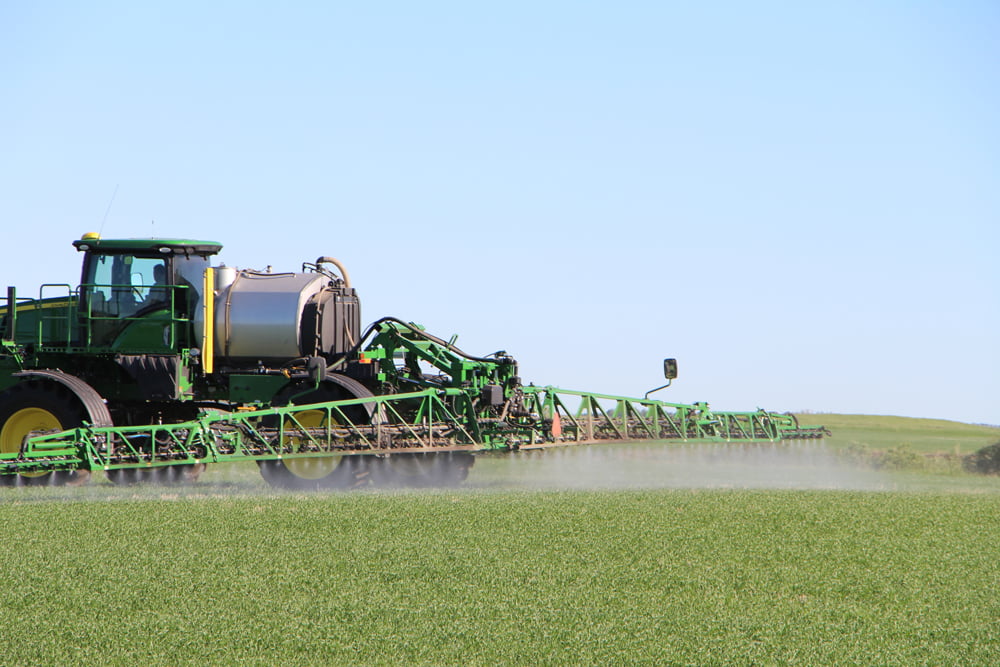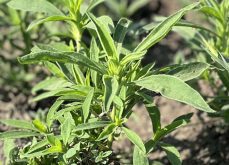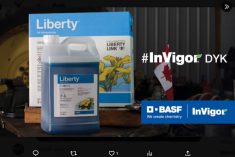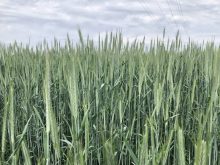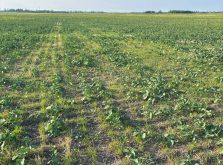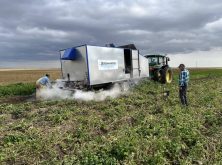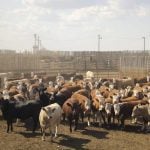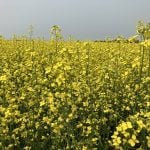For Prairie farmers battling problem weeds, herbicide-resistant wild oats are one of the worst as they’re now found throughout Western Canada. One of the best ways to combat herbicide resistance is to rotate active ingredients, which is why Syngenta has introduced Erebus Xtreme, a new cross-spectrum herbicide aimed at helping cereal growers control herbicide-resistant wild oats.
Erebus Xtreme brings together two active ingredients, pyroxsulam (Group 2) and fluroxypyr (Group 4), in a pre-mixed liquid formulation. It’s registered for use in wheat, winter wheat and durum crops and will be available at western Canadian ag retailers starting this spring.
Read Also
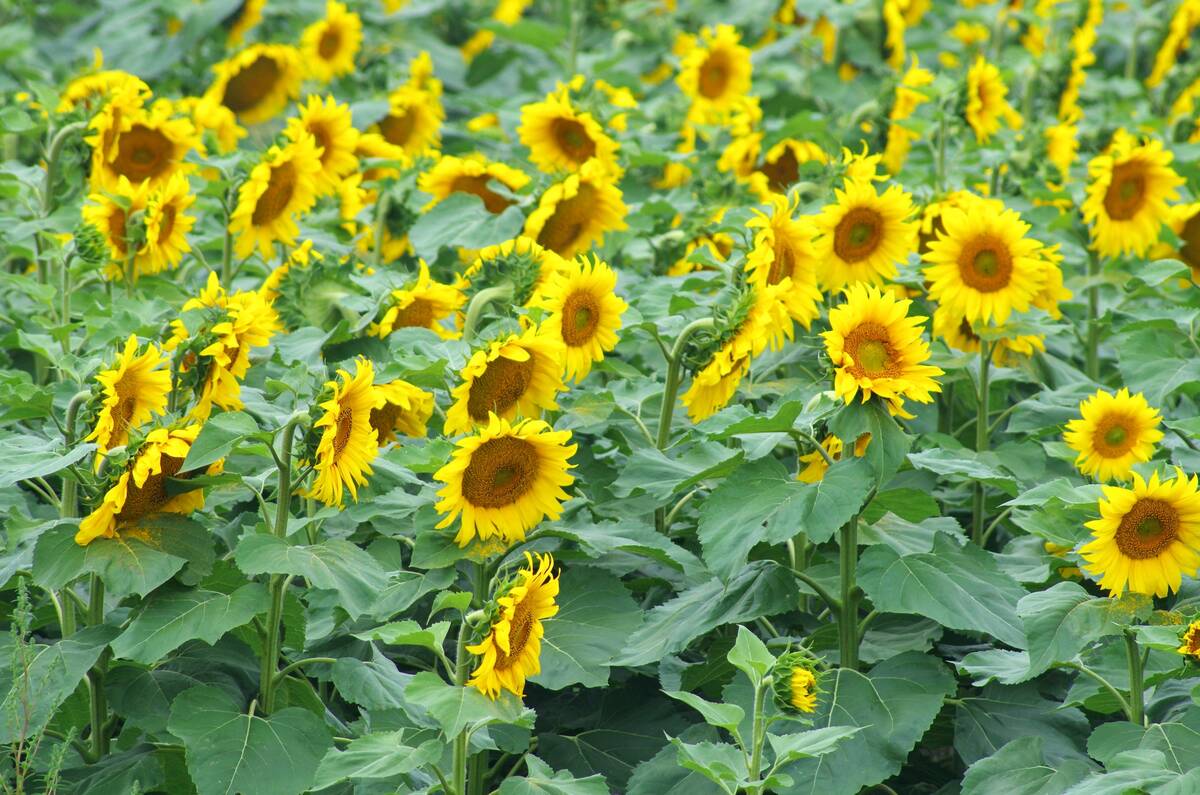
Made-in-Manitoba sunflower hybrid headed to market
Manitoba’s confection sunflower growers will have a new seed option next spring developed specifically for performance in the province. The…
“Erebus Xtreme is a great addition to the robust Syngenta cereal herbicide portfolio and shows our commitment to bringing the types of products to market that meet the changing needs of western Canadian growers,” says Donavan Baer, cereal herbicide product lead with Syngenta Canada.
Baer says it’s another useful tool for cereal producers searching for different chemistries to control herbicide-resistant weeds. “If (cereal growers) are struggling with Group 1-resistant wild oats, they should be looking to a product like Erebus Xtreme to help control those resistant biotypes,” he says. “Erebus Xtreme has the Group 2 active ingredient pyroxsulam, which would control those Group 1-resistant wild oats.”
Baer says while Erebus Xtreme shouldn’t be applied where farmers are having trouble with Group 2-resistant wild oats, there are other products with different actives in the Syngenta portfolio they can use instead.
“They can look at using one of our other brands to control those weeds, like an Axial or Traxos within our portfolio. Now we’ve given growers the flexibility to use whichever herbicides they need to meet the needs of their farms,” he says.
Controls Japanese brome
Another key weed targeted by Erebus Xtreme is Japanese brome, an invasive species mostly found in the brown and dark brown soil zones of southern Saskatchewan and Alberta.
“Japanese brome is not as prevalent as wild oats across the West, but across the (southern Prairies) that’s definitely a weed growers are looking to control,” Baer says.
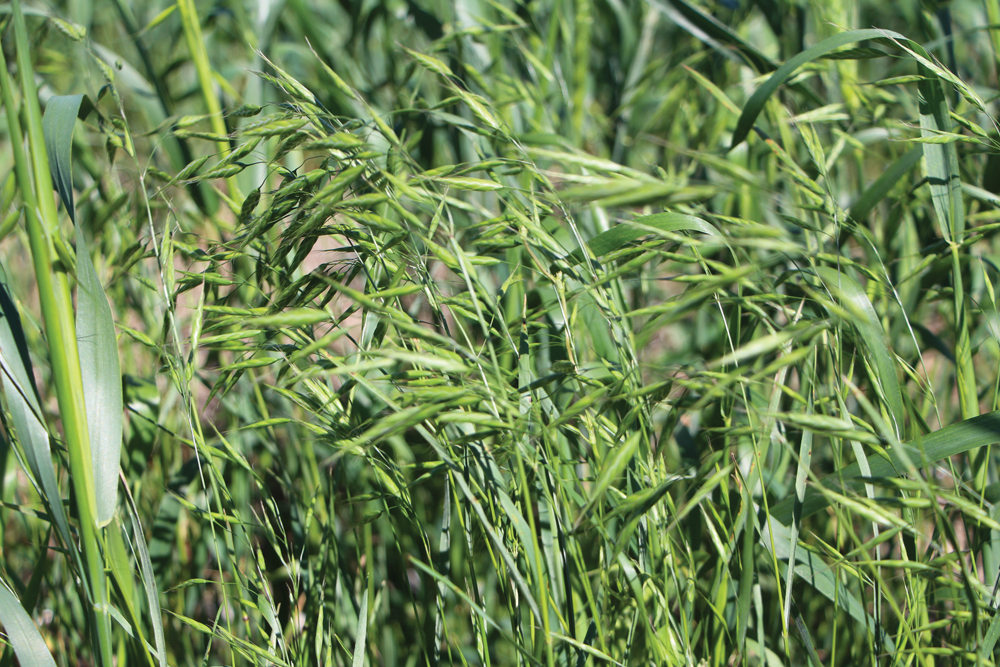
“We didn’t have a brand that controlled Japanese brome so that’s where we looked at introducing Erebus Xtreme — so growers with that specific driver weed could get a Syngenta product to get control on their farms.”
The herbicide, which can be applied from the four-leaf stage up to flag leaf emergence, can help farmers manage other challenging grass and broadleaf weeds, such as kochia, wild buckwheat, cleavers and hemp-nettle.
The Erebus Xtreme label doesn’t have recropping restrictions that would prevent farmers from seeding most of the major crops grown in Western Canada in fields where the herbicide was applied the previous year, Baer adds. “We are able to provide a convenient cross-spectrum solution for growers who want to manage resistance without compromising their crop rotation the following year.”
Baer says extensive trials were held in Alberta, Saskatchewan and Manitoba to see how Erebus Xtreme does in different environmental conditions and with different weed pressures.
“We have a rigorous R&D program that tests new products over multiple years and a wide range of conditions across Western Canada,” he says. “The results (for Erebus Xtreme) were very good. We’re happy with the performance and we stand behind the product.”
To learn how they can get Erebus Xtreme for their cereal crops in 2022, producers can speak with their local Syngenta sales representatives or retailers.


